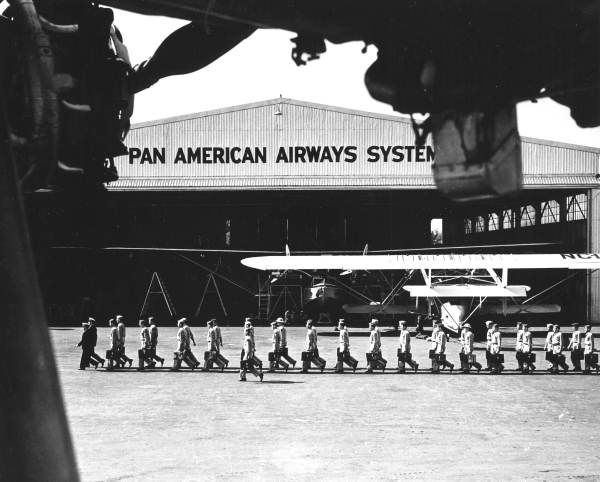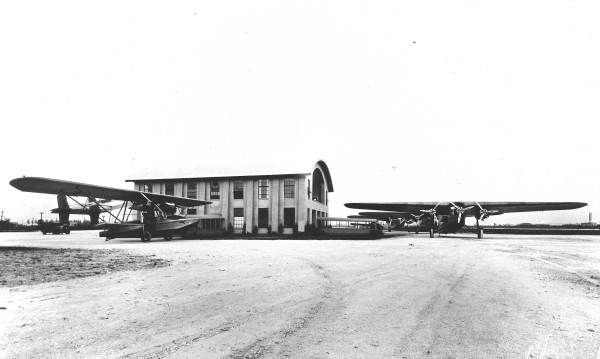Miami Air International Plans A Pan Am Museum In Its 1920s Hangar

Pan American World Airways is quite possibly the world’s most famous defunct airline. Started just outside of Miami in a small hangar at an airport opened and once owned by the airline’s founder – which has since evolved into what is now Miami International Airport – Pan Am went on to leave an incredible mark on aviation history.
The airline was the first to fly commercial international routes from the US, built airports across the northern hemisphere, was an early pioneer of passenger jet travel, and helped introduce Boeing’s 747.
Although the airline went under in 1991, Hangar 5, in which it was founded in the late 1920s, remains in use by charter company Miami Air International. The hangar’s days, however, might be numbered.
Keeping the legacy alive
Miami International Airport has designated the hangar, now known as MIA building 871, for demolition and replacement, but the move may be stopped by Miami-Dade County’s historic preservation board.
Executives from Miami Air International and its parent company, World Atlantic Airlines, want to convert a large section of the hangar into a museum of Pan Am’s history. It would be filled, in part, with artifacts brought over from the adjacent building housing the Pan Am Flight Academy, which is set for eventual demolition.
Photo: State Library and Archives of Florida
The companies are currently seeking cooperation from the Miami-Dade County preservation board to make the hangar a protected historic site. According to proponents of this plan, the hangar is not only a landmark in Miami International Airport’s history, but was also key to the histories of Pan Am, international aviation, and Miami’s own development into the major regional and cultural hub that it is today.
Miami Air VP of Operations, Armando Martinez told the Miami Herald,
“This is it, this is where it all started. It is the oldest building in the airport, and we still have a chance to save it. Why would you want to let it go?”
The preservation board has previously conducted a preliminary report that found the hangar meets all the legal requirements that would allow it to receive a historical designation, though board chief Sarah Cody recommended that the designation should not be granted.
This, according to Cody, is both because the airport needs the space for other purposes and due to the fact that it is not a publicly accessible site. Cody said other buildings on the airport grounds make more sense as monuments to Pan Am’s story, including the more prominent Dinner Key buildings, which are also much more easily accessible. She also cited the need for unmet structural problems and the fact that the facility no longer meets the FAA’s requirements for aircraft maintenance facilities.
Photo: State Library and Archives of Florida
Even so, the board asked Cody to provide a full analysis to further explore the issue in a 4-3 vote earlier this year. In the meantime, a Miami International Airport spokesperson told the Miami Herald that it does not have active plans to tear it down.
Should Miami International Airport save the historic Hanger 5, or are other buildings more appropriate for representing the histories of the airport and its founding airline? Let us know in the comments below.
Sources: Miami Herald

-1.jpg)

:no_upscale()/cdn.vox-cdn.com/uploads/chorus_image/image/72887982/1802494722.0.jpg)
